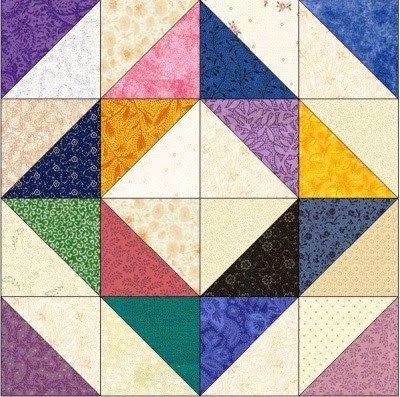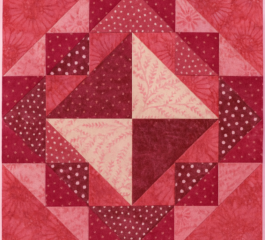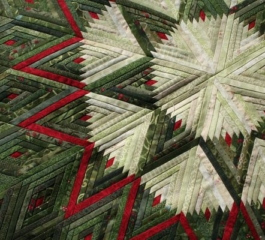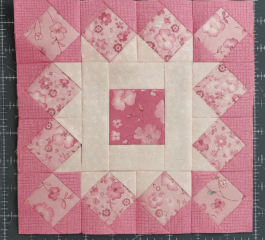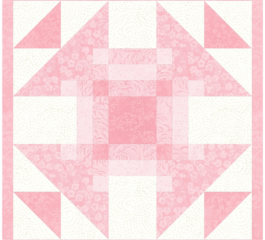One of the most enjoyable aspects of working with the Depression Block is selecting fabrics that bring out its timeless charm. Whether you’re aiming for a nostalgic vintage look or a fresh modern interpretation, the right color palette can make all the difference.
1. Reproduction 1930s Prints
For an authentic feel, consider using 1930s reproduction fabrics. These typically feature soft pastel backgrounds with small-scale prints — florals, polka dots, and ginghams in colors like mint green, butter yellow, lavender, baby blue, and peach. Pair these with a crisp white or cream background to let the prints shine and evoke the spirit of the original Depression-era quilts.
2. Modern Pastels with a Twist
If you enjoy a more updated aesthetic but still want to maintain a light, cheerful vibe, opt for contemporary pastel solids or tone-on-tone prints. Pale coral, aqua, blush pink, and pale grey create a soothing palette that works beautifully with the structure of the block. Use a subtle low-volume print for the background to add texture without overwhelming the design.
3. High-Contrast Bold Colors
For a dramatic and eye-catching version of the Depression Block, explore bold contrasts. Try navy blue with mustard yellow, or deep burgundy with soft beige. A black-and-white version can be very striking, especially when quilted with bright-colored thread or bound with a patterned border.
4. Scrappy and Eclectic
Another wonderful way to embrace the spirit of the Great Depression is to go scrappy! Use leftover fabrics from other projects — a mix of florals, plaids, solids, and novelty prints. Make each block a little different for a true patchwork look. Just choose one unifying element, such as a consistent background color or center square fabric, to tie it all together.
➡️ Click below to download your free Depression Block Quilt Pattern PDF and start sewing a piece of history today!
Depression Block Quilt Pattern PDF
No matter your style or fabric stash, the Depression Block is incredibly versatile. Experiment with color placement using quilt design software or by laying out fabric swatches before cutting. You might be surprised at how different the block looks depending on where you place your lights and darks.
